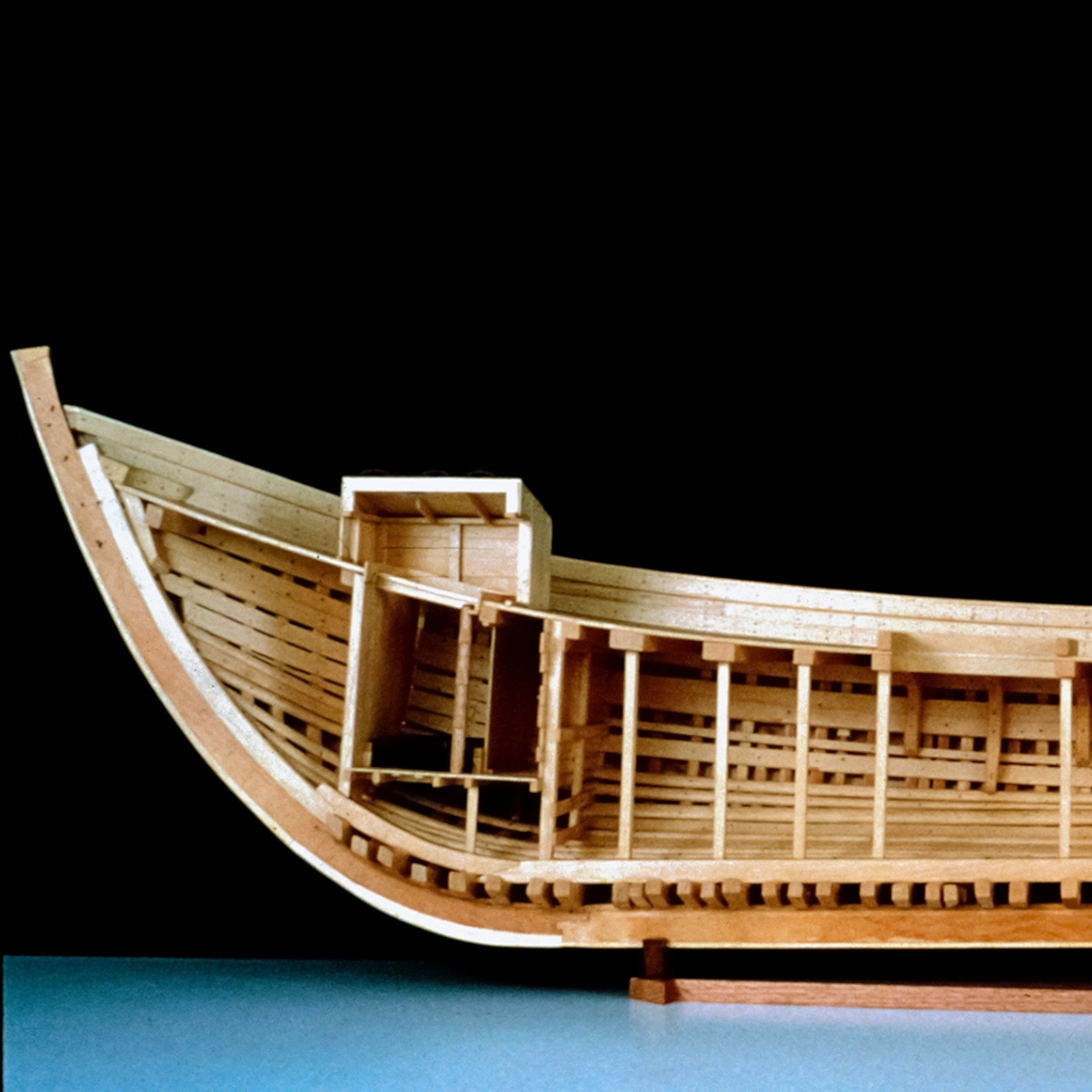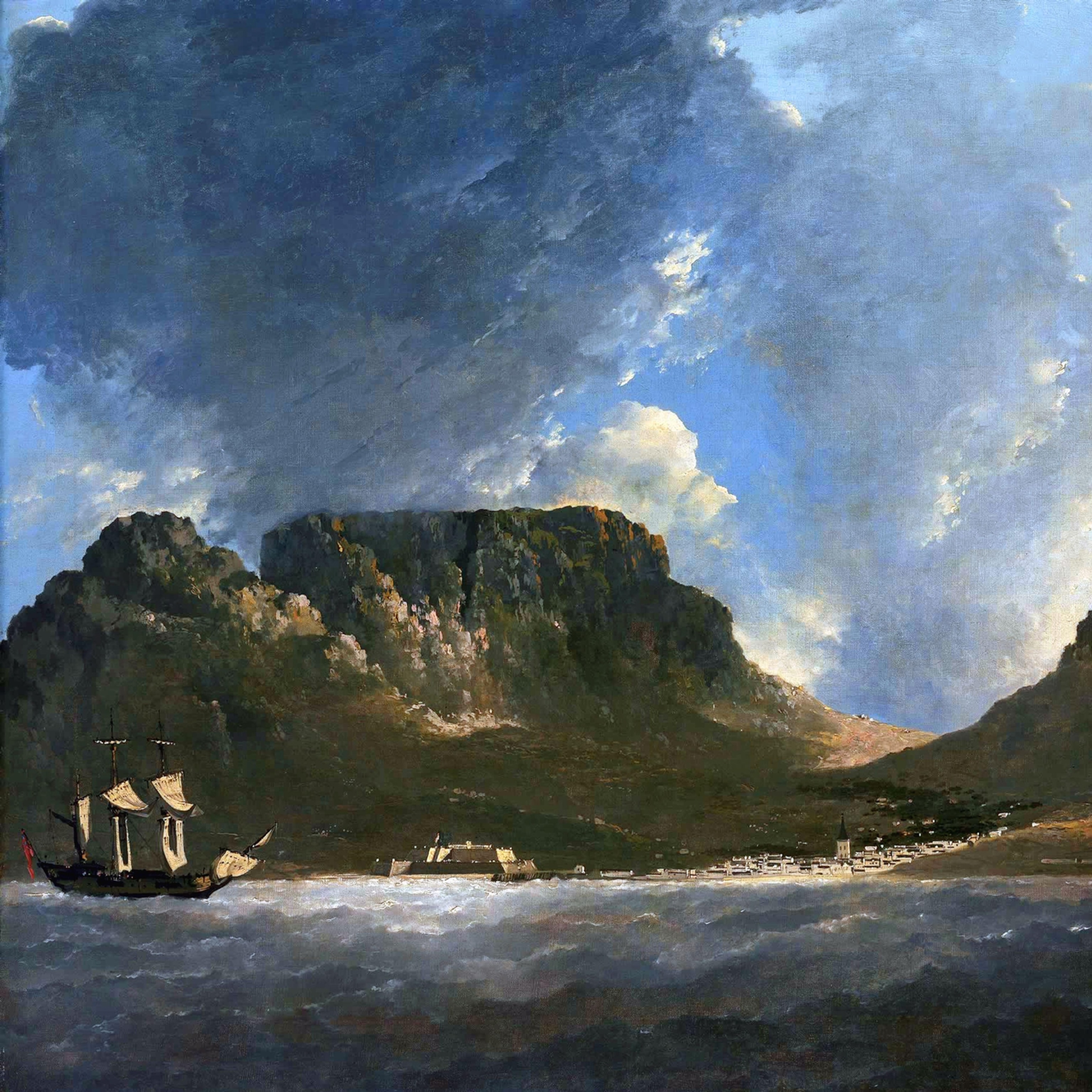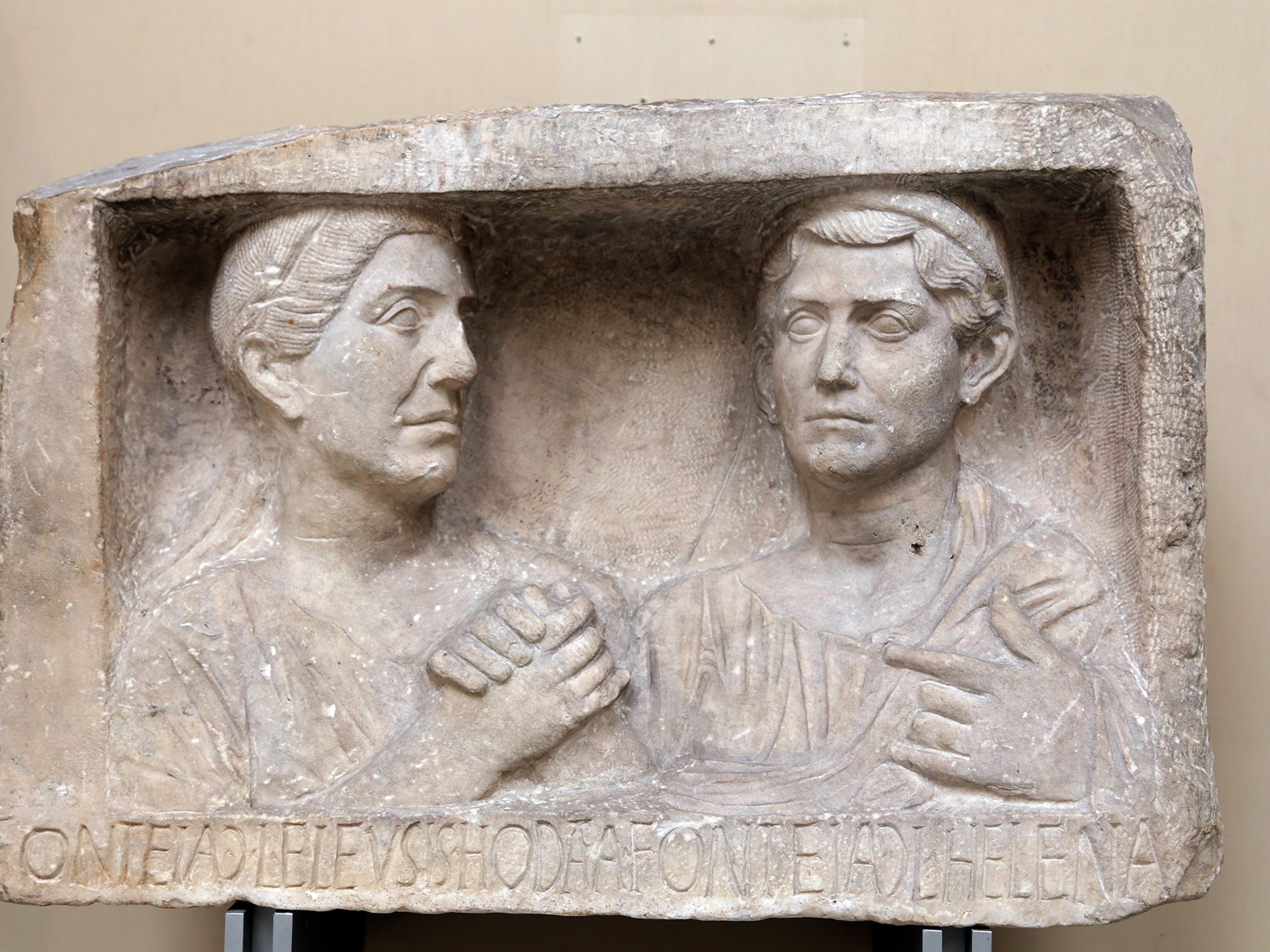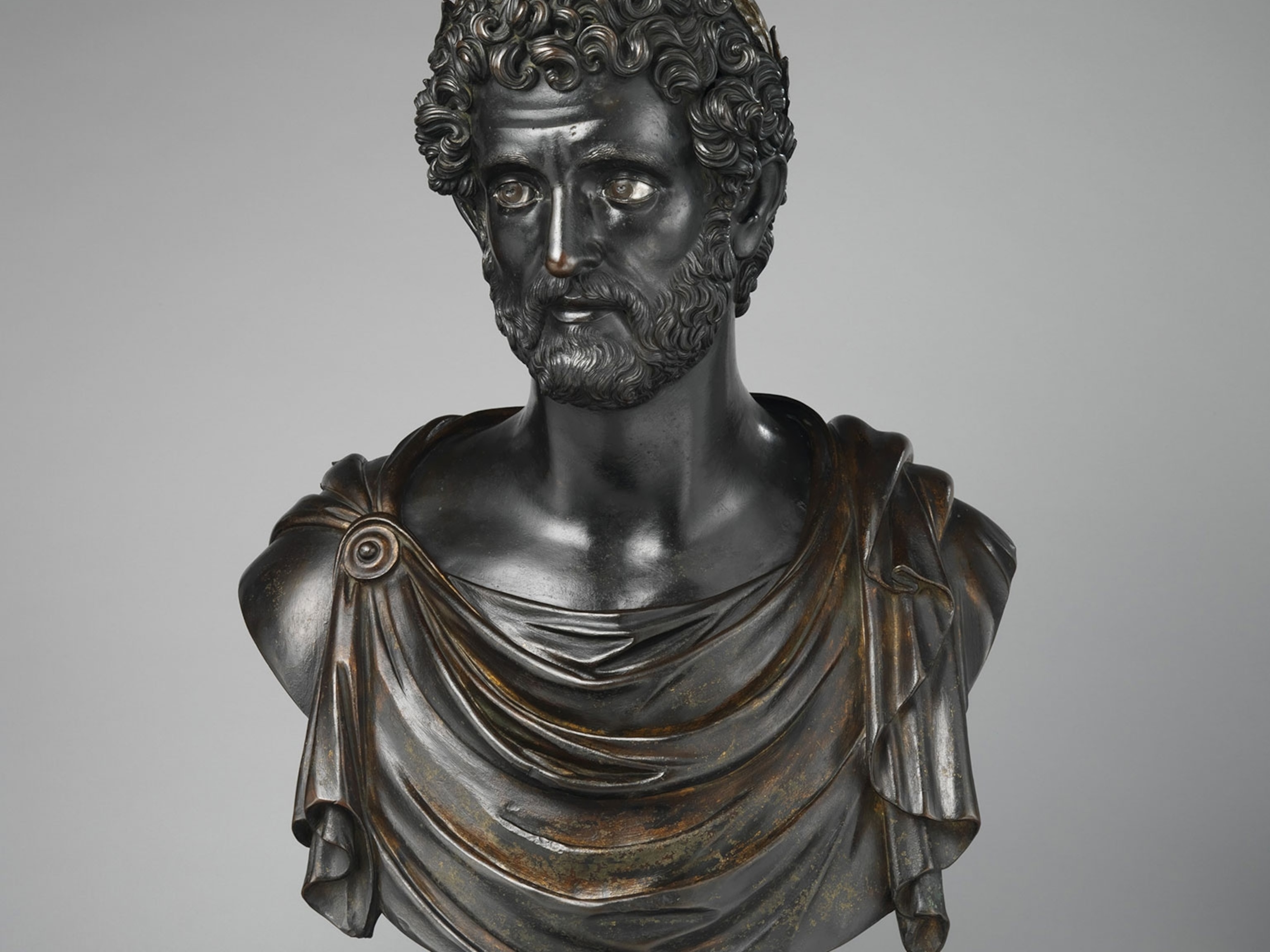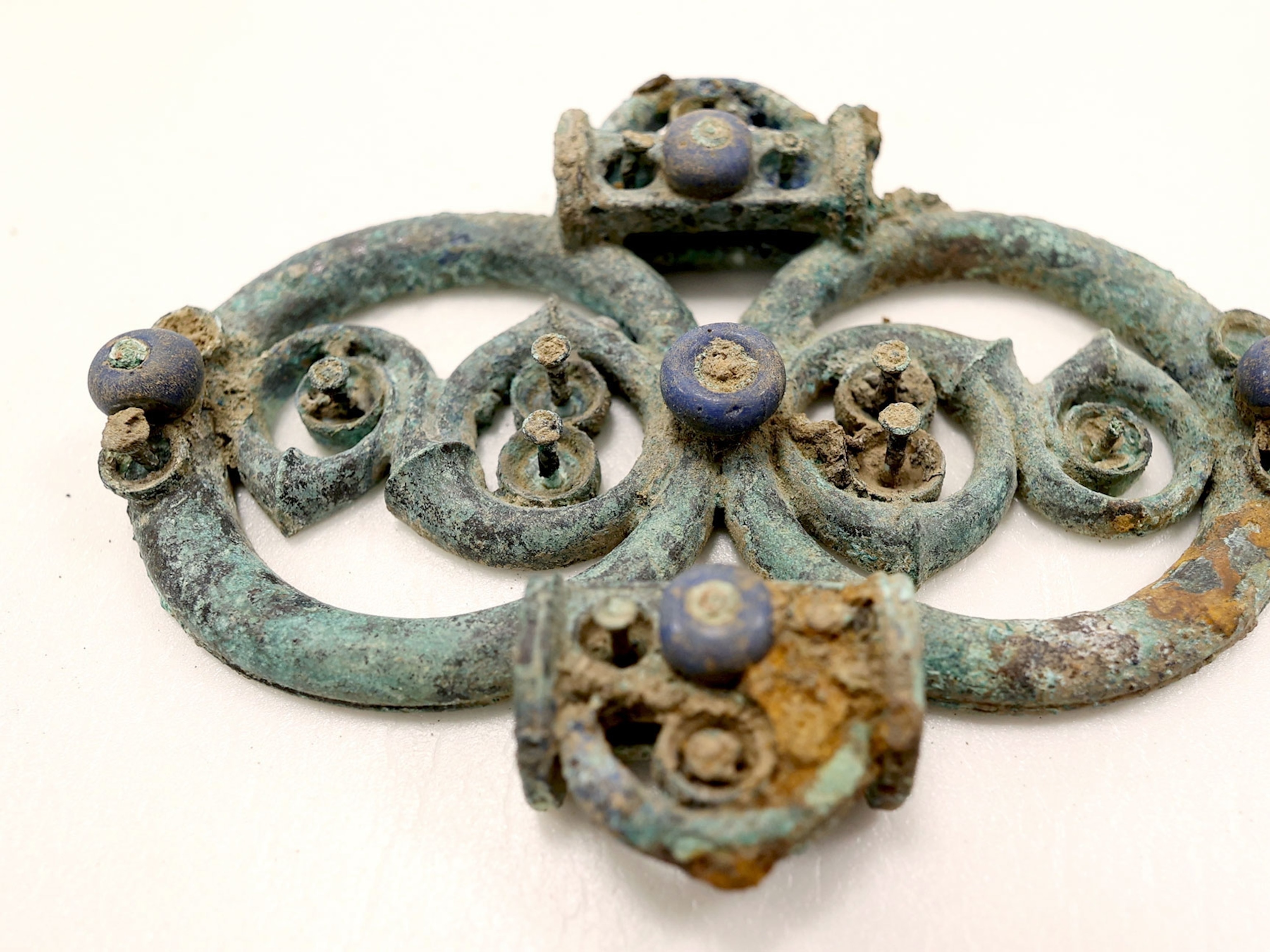
Underwater temple discovery shows how these Arab merchants funded their thriving desert empire
The stunning city of Petra in Jordan was built by the Nabataeans with staggering sums from the luxury trade. Now the discovery of a faraway submerged altar temple shows the extent of its reach.
The ruins of the ancient Roman city of Puteoli are a jumbled mix of toppled walls, pillars, and broken stone floors, mostly submerged underneath three to six feet of water in Italy’s tranquil Bay of Naples. Diving Puteoli one summer day in 2021, University of Naples archaeologist Michele Stefanile and his colleague Michele Silani of Vanvitelli University spotted a slab of white marble under a scatter of stones and sand—almost, Stefanile recalls, as if someone had clumsily tried to conceal it.
When the researchers returned later to clear aside debris from around the slab, they found Latin inscriptions incised on it, dedicated to a god worshipped 2,000 years ago in the faraway deserts of modern-day Jordan and Saudi Arabia. The slab, they realized, was an altar—and evidence that archaeologists have hoped to discover for more than a century.
In a recent press conference, Italian Cultural Ministry officials announced that the altar in the Bay of Naples is from a temple that was the western-most outpost of the Nabateans, a desert tribe of traders and merchants who thrived on the eastern outskirts of the Roman empire until the fourth century A.D. “If indeed confirmed, it would be a major new find,” says German Archaeological Institute archaeologist Will Kennedy. “It’s truly spectacular.”
A ’bizarre’ discovery
In their prime, the enigmatic Nabateans were key merchants and middlemen connecting the Roman empire to luxury commodities from the east. Roman author Pliny the Elder claimed wealthy citizen-consumers were sending staggering sums of money to Arabia, India, China and each year—an indication of the importance of the trade in coveted goods like silk, incense, and spices. By controlling their passage through the deserts of the Arabian Peninsula, wealthy Nabateans funded a thriving kingdom whose ruins, at sites like Petra in Jordan and Hegra in Saudi Arabia, still stun tourists today.
Much of that trade arrived in Italy via the port of Puteoli, now located beneath and off the shore of modern Pozzuoli. Founded by Greek colonists in 500 B.C., Puteoli became the most important port of the early Roman empire, and for a few centuries everything from Egyptian grain to Colosseum-bound lions made landfall at Puteoli before moving on to the capital or other parts of the empire. “Puteoli was Rome’s connection to the east,” Stefanile says.
The newly discovered altar, along with another found close by, prove Nabateans were present in Puteoli as well—but the desert-dwellers weren’t known for their seafaring prowess and had no ports of their own. To find evidence for a Nabatean temple in Puteoli “is really quite bizarre,” says Northwestern University historian Taco Terpstra. “Why on Earth would [Nabateans] set sail themselves, go halfway around the Mediterranean and set up shop in Puteoli? It’s not what they specialize in.”
A sinking city rises again
The clues were preserved by geological accident. Like nearby Pompeii and Herculaneum, Puteoli is at the heart of the Campi Flegrei, or “Fields of Fire,” a stretch of the Italian coast known for volcanic activity. Mt. Vesuvius, whose 79 A.D. eruption buried the towns of Pompeii and Herculaneum, is visible on the horizon to the east, and geologists have located 45 other active volcanoes in the area.
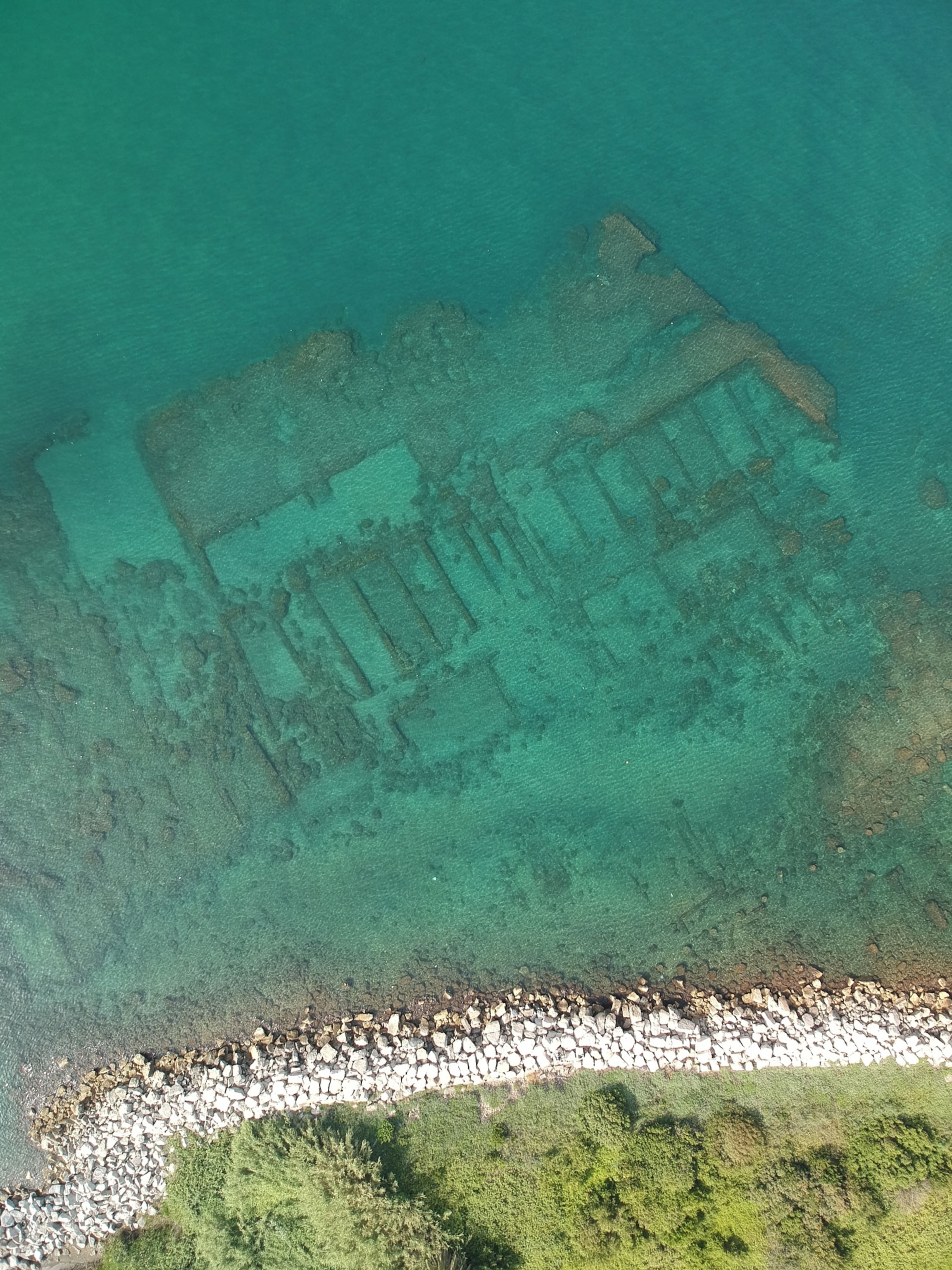
At some point in the Roman era, archaeologists estimate, the ground beneath the thriving seaport sank almost 10 feet, flooding the waterfront and its buildings over the course of years or decades. But volcanic activity works the other way too: today, Puteoli’s ruins are rising once more: In the last decade, the seabed has risen almost three feet. What started in 2015 as an underwater archaeology project is now partially a dry-land excavation, and many of the temples, granaries, and commercial buildings that once lined Puteoli’s ancient waterfront are now under just a few feet of water.
Sacred spaces on foreign soil
Stefanile and his colleagues, Vanvitelli University archaeologist Michele Silani and Maria Luisa Tardugno, a researcher working for the Italian heritage authority, say the Nabateans must have been a visible presence in Puteoli. Using drones and laser scans to map the underwater ruins from above, Silani calculated that the newly discovered altars—part of a larger temple—would have been located on prime real estate 2,000 years ago: just 150 feet from the Roman-era shoreline, on one of the two main roads leading up from the beach.
The temple would have played a critical role for Nabatean merchants far from home who were trying to protect their economic interests and religious beliefs while on foreign soil. “They need a temple to make deals and arrangements under the protection of their gods,” Stefanile says. “This let them conduct ceremonies in the sacred spaces of their homeland.”
At the same time, the temple was a sort of billboard to broadcast the presence of Nabatean merchants to potential customers in the busy port, while making a deliberate effort to connect with the local Roman community. “The inscriptions are in Latin, they use Italian marble and Italian construction methods,” Stefanile says.
A marble carving found elsewhere the ruins of Puteoli describes what may have taken place in the Nabatean temple: In A.D. 11, perhaps hoping for divine intervention in their negotiations or a blessing for the risky sea journey home, “Zaidu and Abdelge offered two camels to [the god] Dushara.” Strange as it seems today, there’s no reason to doubt the animal offering was shipped across the Mediterranean for the express purpose of sacrifice: For centuries Puteoli was the main port of entry for lions, ostriches, elephants and other beasts doomed to entertain crowds in Roman arenas, Stefanile points out—so why not a pair of camels?
Terpstra says the Nabatean presence in Puteoli was a combination of listening post and trade promotion bureau. It helped supply newly arrived Nabatean merchants with the local knowledge they’d need to get the best deals, while also reassuring Roman traders that Nabateans were trustworthy partners unlikely to vanish in the night with their coffers. “They’re not there to enjoy the sea breeze, or the view,” Terpstra says. “It must be somehow beneficial for trade.”
Stefanile and his colleagues are currently excavating at Puteoli in the hope to uncover the rest of the temple ruins, which the archaeologist estimates are under a foot or two of sand. The research might help answer other questions about the fate of the ancient seaport, like why so many buildings seem to have been abandoned to the slowly rising waves, rather than relocated as the city sank. “They had time to move people,” Stefanile says. “Why did they just leave everything there?”


